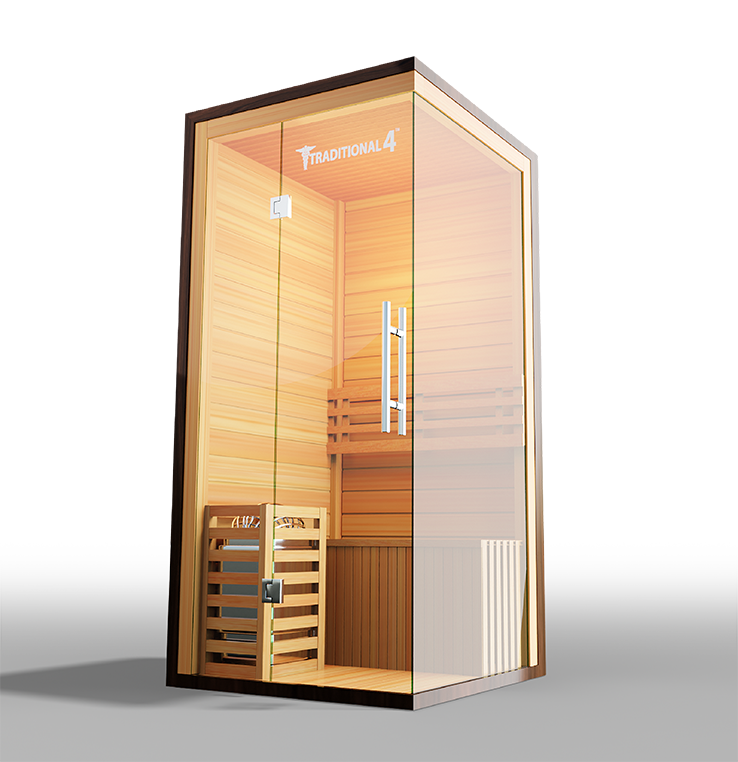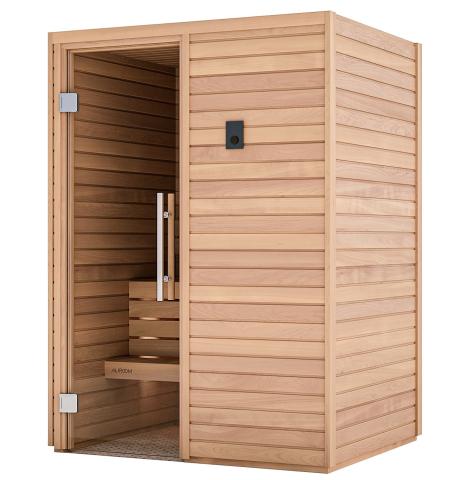Unknown Facts About Traditional Sauna
Wiki Article
The Best Strategy To Use For Traditional Sauna
Table of Contents8 Easy Facts About Traditional Sauna ExplainedThe Traditional Sauna IdeasThe Only Guide to Traditional SaunaThe 10-Minute Rule for Traditional Sauna
The majority of the weight lost in a sauna is water loss and is re-gained upon rehydrating. Nevertheless, undoubtedly sauna can be a crucial part of a healthy weight reduction program. To look at the differences in between typical and IR saunas, I will certainly separate these into proven, academic, and fabricated differences.Therefore, the best factor in the saunawhich goes to the ceiling directly above the sauna heateris usually in between 185 and 190 F. Traditional Sauna. Claims that a typical sauna exceeds 200 F is merely not real and not applicable for electric saunas marketed in the United States. The temperature level for a far-infrared sauna is typically established in between 120 and 140 F; nevertheless, unlike the standard sauna, the objective in and IR area is not to accomplish a high temperature
As a result of this, the temperature distinction is nearly unimportant, because excessive sweating causes both sauna types, however the method of heating up the body is different. In an IR sauna the bather will certainly feel hot and will sweat a lot, but at much reduced temperature levels. Therefore, if the goal is to spend longer time periods in the sauna, the IR sauna is a great choice.

The Ultimate Guide To Traditional Sauna
When the high temperature is accomplished, the elements cycle on and off to keep the heat. The majority of conventional sauna customers take pleasure in putting water over the rocks to develop heavy steam to elevate sauna moisture levels. The advantages of pouring water over the rocks include: making the space extra comfy, moistening the nasal flows, and permitting the usage of aromatherapy by blending vital oils with the water.In a far-infrared sauna, the heat waves permeate the body to effectively heat up the body and increase the body core temperature. To attain this raised temperature, Far-infrared emitters create infrared energy which is close to the same wavelength as that which the body normally emitsoften hop over to here described as the "Crucial Array" of 7 to 14 microns), so the power is well obtained by the body.
When the power gets in the body, it causes the body temperature to increase and eventually leads to perspiration. In an infrared sauna it is necessary for the emitters/heaters to continue to be on virtually continuously. Considering Click This Link that there is no mass of rocks to maintain warmth, the sauna will certainly cool if the emitters turned off.
As discussed over, the sauna bather in an infrared area wishes to position himself before operating emitters to get maximum benefit from the warmth. The heating time for both spaces can be really various, depending upon how the spaces are made use of. For a conventional sauna, a bather should enable 30-40 minutes for the room to accomplish a wanted temperature level and to appropriately pre-heat the rocks.
How Traditional Sauna can Save You Time, Stress, and Money.
A well created sauna will usually accomplish a temperature level of 150-160 F in regarding 30-40 minutes. For hotter temperatures, the area may require to warmth for a longer period.To some, 15 mins was "squandered" while the infrared power heated up the timber panels instead of heating up a body, while others locate a pre-heated room to be a lot more comfy and believe a raised starting temperature level is needed to begin sweating. The length of recommended use Recommended Site for every room is around the very same (10-15 minutes per session); however, as a result of the lower air temperatures and the capacity to feel the results of infrared warm much faster than a typical sauna, it is not uncommon for a person to spend an overall of 20-30 mins in an infrared sauna.
Standard saunas tend to be larger (thus utilize more electrical power) than infrared saunas, although conventional saunas are certainly offered in one and two person dimensions also. For a two-person typical sauna, 5x6 or 5x7 size is most popular. The top bench can pleasantly seat 2 or 3 individuals and is additionally long sufficient to relax during the sauna session.


The ordinary price per kWH of electrical power in the U.S. is around $0.11, so a 4.5 kW heating unit will set you back approximately $.50 to run for one hour, if the heating system runs continually for one hour. Commonly a sauna heater will certainly run for 75% of the initial hour and 50% of subsequent hours on considering that the elements cycle once the established temperature is achieved.
Some Known Questions About Traditional Sauna.
A two person far-infrared room is normally literally smaller sized than a traditional sauna, usually about 4' x 4' or smaller. The IR furnace is commonly 1.5-1.7 kW using a 120 volt 15 amp plug-in solution. Given that the room can be utilized quicker than a sauna space, we will assume the area is used for to of an hour including warm up time.There is a hardly ever discussed difference in the social experience between the 2 spaces. While our society has lost several of the social benefit of the conventional sauna experience, it can be extremely socially rewarding. From household time in the sauna, to heart-felt conversations with loved ones, to sauna partiesthe standard sauna experience can result in intimate interacting socially.
Most greater end infrared areas include tinted light treatment, audio systems and full-glass fronts.
Report this wiki page